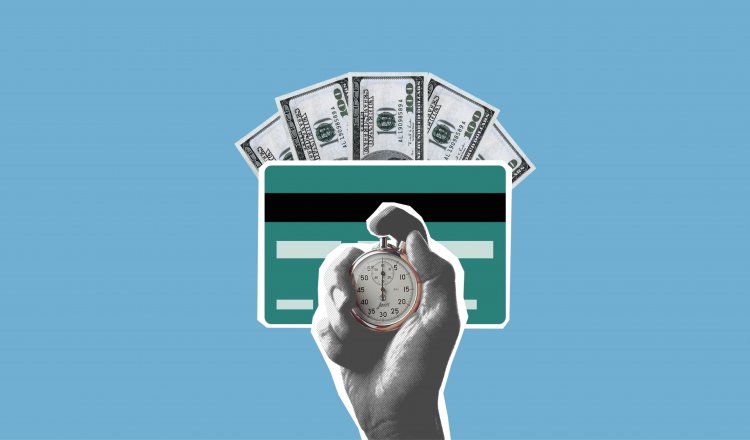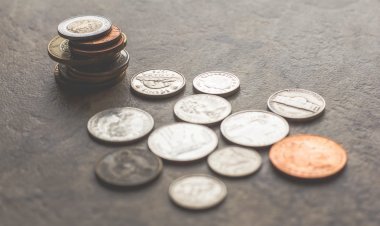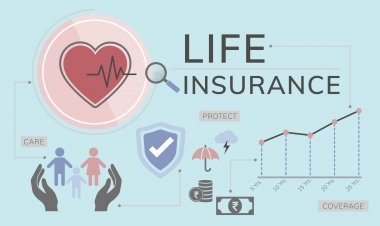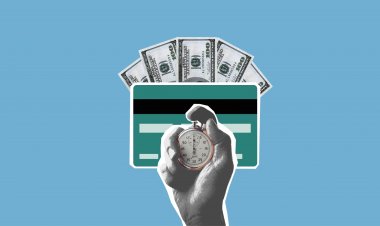What is the Difference Between Bad Debt and Good Debt?
Learn the crucial differences between bad debt and good debt, how they impact your financial well-being, and why making informed decisions about debt is essential for a secure and prosperous financial future.

Debt is a financial tool that many people use to achieve various goals, such as buying a home, financing education, or starting a business. While it can be a useful resource, not all debt is created equal. Understanding the difference between bad debt and good debt is crucial for making informed financial decisions. In this blog, we'll explore the distinctions between these two types of debt and how they impact your financial well-being.
Bad Debt:
-
Interest-Bearing Consumer Debt: Bad debt typically refers to high-interest consumer debt that doesn't contribute to your financial well-being. This includes credit card debt, payday loans, and personal loans with exorbitant interest rates. Bad debt often accumulates rapidly, making it challenging to pay off.
-
Non-Productive Debt: Bad debt is incurred for purchases that do not appreciate in value or generate income. Buying depreciating assets like luxury goods, vacations, or excessive dining out on credit is an example of bad debt. These purchases offer short-term gratification but contribute to long-term financial strain.
-
No Tax Deductions: Interest on bad debt is generally not tax-deductible. This means you don't receive any financial benefit for the interest paid on such debt.
-
Financial Stress: Accumulating bad debt can lead to financial stress, lower credit scores, and even a cycle of debt that's hard to break free from.
Good Debt:
-
Low-Interest Investment Debt: Good debt typically includes loans or credit used for investments that have the potential to appreciate in value or generate income. This can include mortgages for real estate, student loans for education, and business loans. Good debt often carries lower interest rates.
-
Productive Debt: Good debt is used to finance assets or ventures that have the potential to increase your net worth or income. For instance, a mortgage for a home can appreciate over time, and student loans can enhance your earning potential through education.
-
Tax Deductions: Interest on certain types of good debt may be tax-deductible. For example, mortgage interest may be deductible, reducing your overall tax liability.
-
Long-Term Financial Growth: Good debt, when managed responsibly, can contribute to long-term financial growth and wealth-building. It can help you achieve homeownership, obtain higher-paying jobs, or start and grow a successful business.
Conclusion
The key to financial success lies in understanding the distinction between bad debt and good debt and using debt as a strategic tool. Bad debt can lead to financial hardship and stress, while good debt can pave the way for financial growth and stability. When considering taking on debt, it's important to evaluate whether it aligns with your financial goals and whether it's an investment in your future or merely a short-term expenditure. By making informed decisions about the type of debt you incur, you can work toward a more secure and prosperous financial future.



























